The year 2020 brought a rather important milestone for the world of Apple computers. Specifically, we are talking about the launch of the Apple Silicon project, or rather the transition from processors from Intel to our own solution in the form of ARM's SoC (System on a Chip). Thanks to this, the Cupertino giant managed to noticeably increase performance and reduce energy consumption, which surprised the vast majority of apple drinkers. However, there were also complications.
It could be interest you

As Apple Silicon chips are based on a different architecture (ARM), they unfortunately cannot run programs written for Macs with older processors from Intel. Apple solves this ailment with the Rosetta 2 tool. It can translate the given application and run it even on Apple Silicon, but it is necessary to expect longer loading times and possible shortcomings. In any case, the developers reacted relatively quickly and are constantly improving their programs, as well as optimizing them for the new apple platform. Unfortunately, another negative is that we lost the ability to run/virtualize Windows on a Mac.
Apple is celebrating success. Will it be followed by competition?
So there is no doubt that Apple is celebrating success with its Apple Silicon project. In addition, the popularity of the M1 chip was followed up brilliantly at the end of 2021 by the new 14″ and 16″ MacBook Pros, which received the professional M1 Pro and M1 Max chips, thanks to which performance is pushed to practically unexpected dimensions. Today, the most powerful 16″ MacBook Pro with the M1 Max easily surpasses even the top Mac Pro (in certain configurations) in comparison. The Cupertino giant now holds a relatively powerful weapon that can move the Apple computer segment forward by several levels. This is precisely why an interesting question is offered. Will it maintain its unique position, or will the competition overtake it quickly?
Of course, it is necessary to mention that this form of competition is more or less healthy for the chip/processor market. After all, the success of one player can greatly motivate the other, thanks to which development is accelerated and better and better products come. After all, this is exactly what we could ideally see on this particular market as well. Several years-proven giants, which certainly have all the necessary resources, focus on chip production. It will certainly be interesting to watch, for example, Qualcomm or MediaTek. These companies have ambitions to take a certain share of the laptop market. Personally, I also quietly hope that Intel, which is often criticized, will get back on its feet and emerge from this whole situation much stronger. After all, this might not be anything unrealistic, which was easily confirmed by the specifications of the Alder Lake flagship series of desktop processors introduced last year (model i9-12900K), which is supposed to be more powerful than the M1 Max.
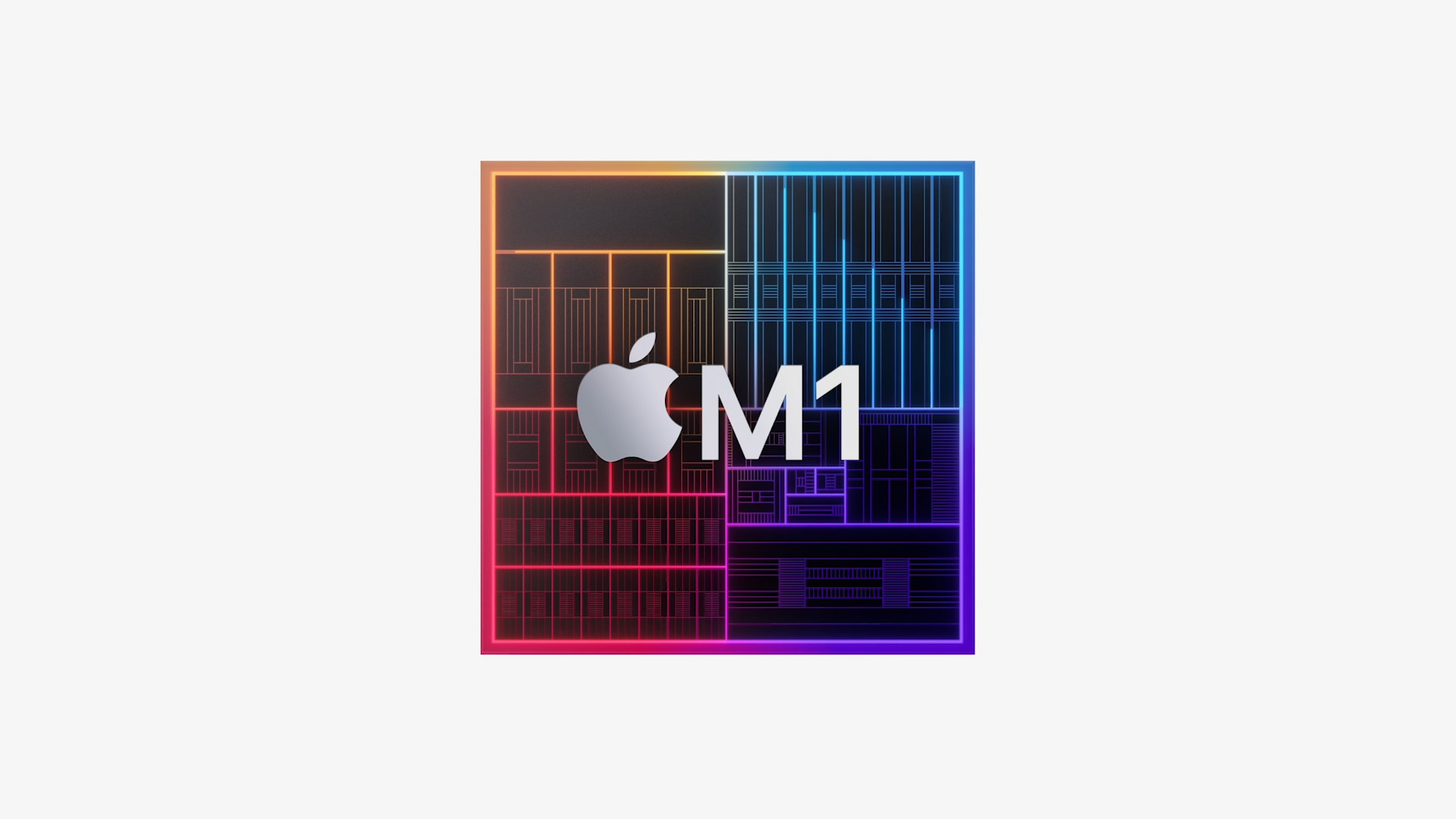
Capable hands are running away from Apple
To make matters worse, Apple has lost a number of talented employees who participated in this project since the launch of Apple Silicon. For example, three capable engineers left the company and started their own, while shortly after that they were bought by rival Qualcomm. Jeff Wilcox, who held the role of director of Mac System Architecture and thus had under his thumb not only the development of chips, but also Macy as a whole, has now left the ranks of the Apple company. Wilcox has now gone to Intel for a change, where he also worked from 2010 to 2013 (before joining Apple).
It could be interest you
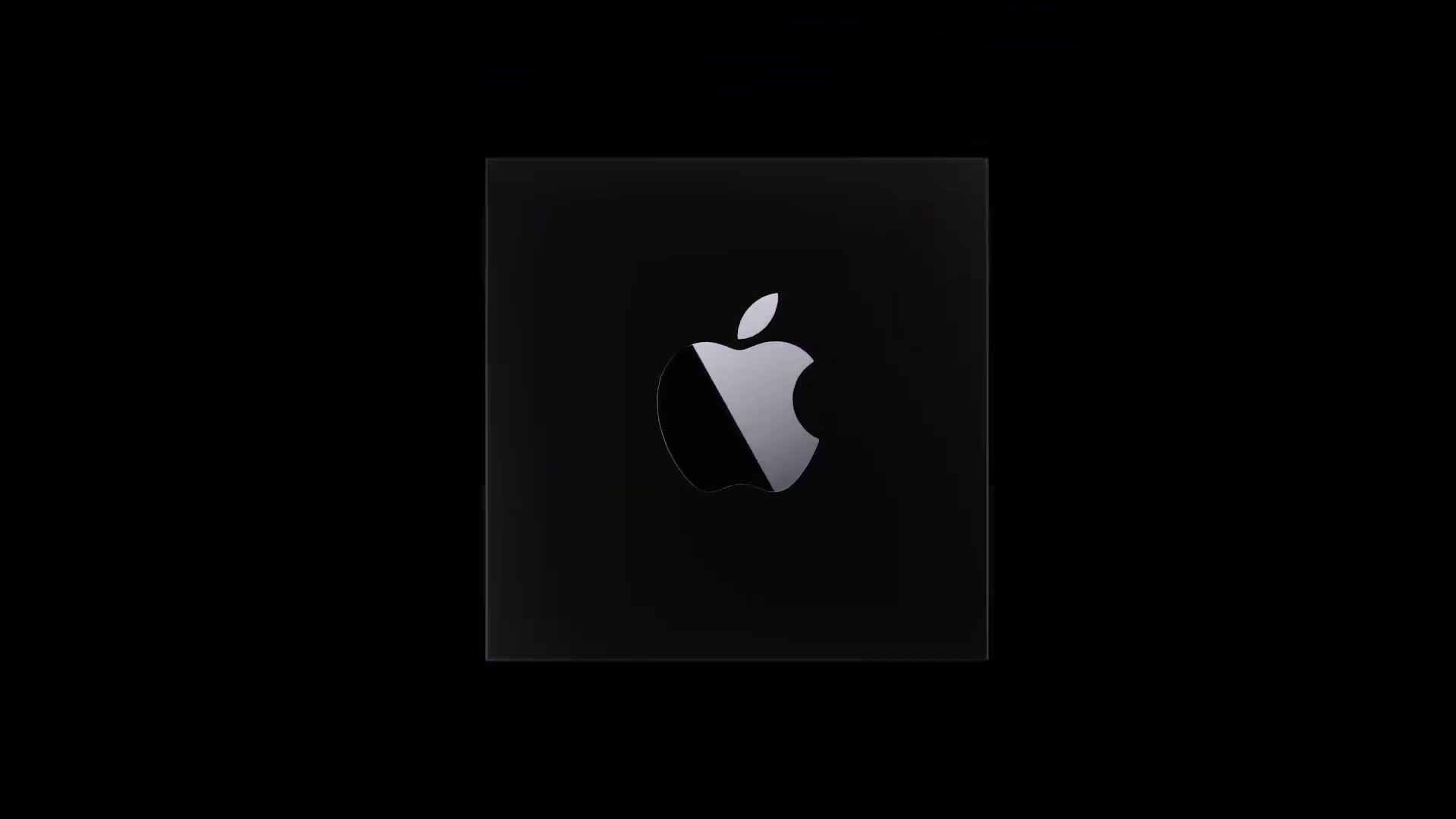
 Adam Kos
Adam Kos 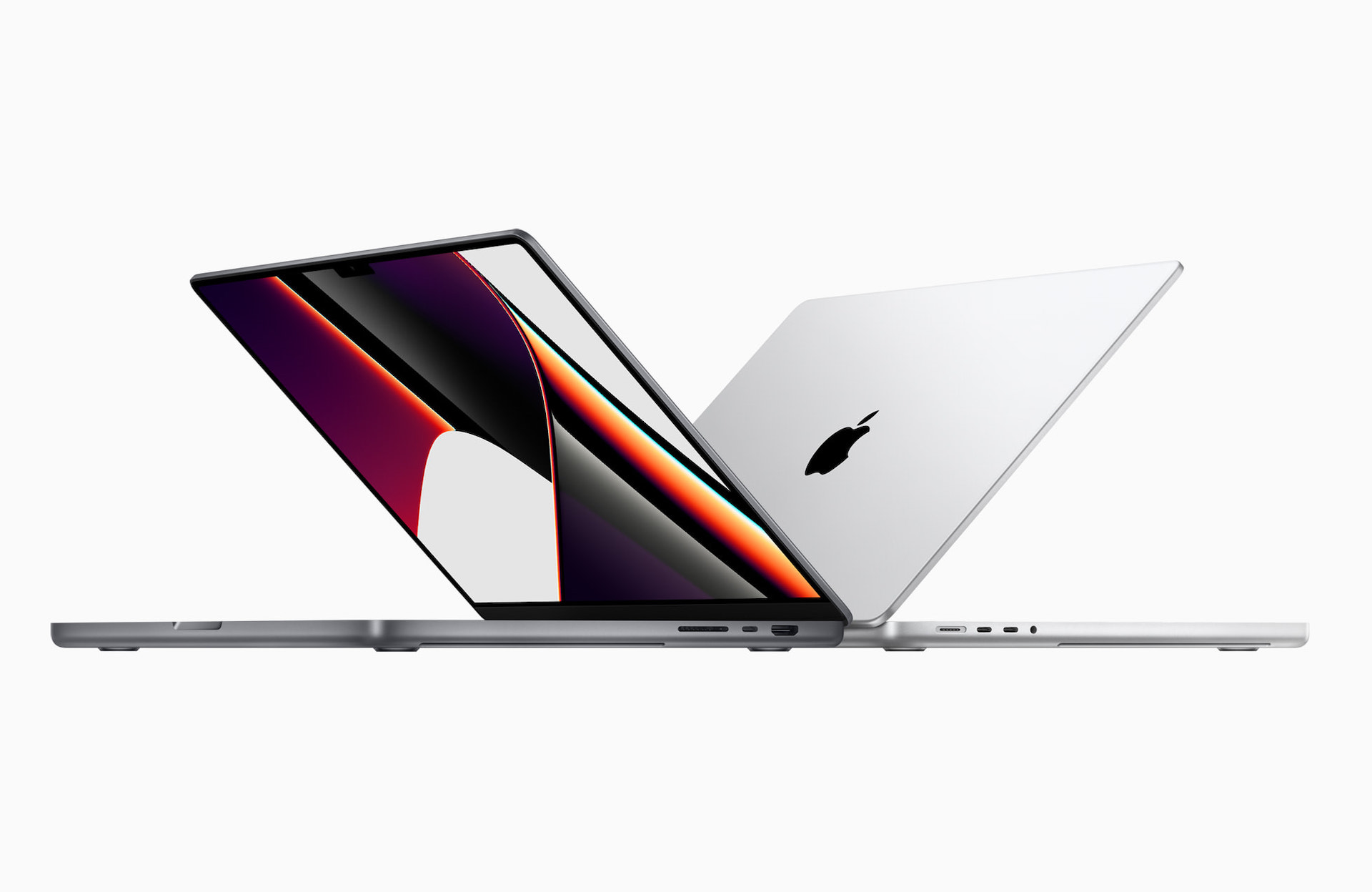
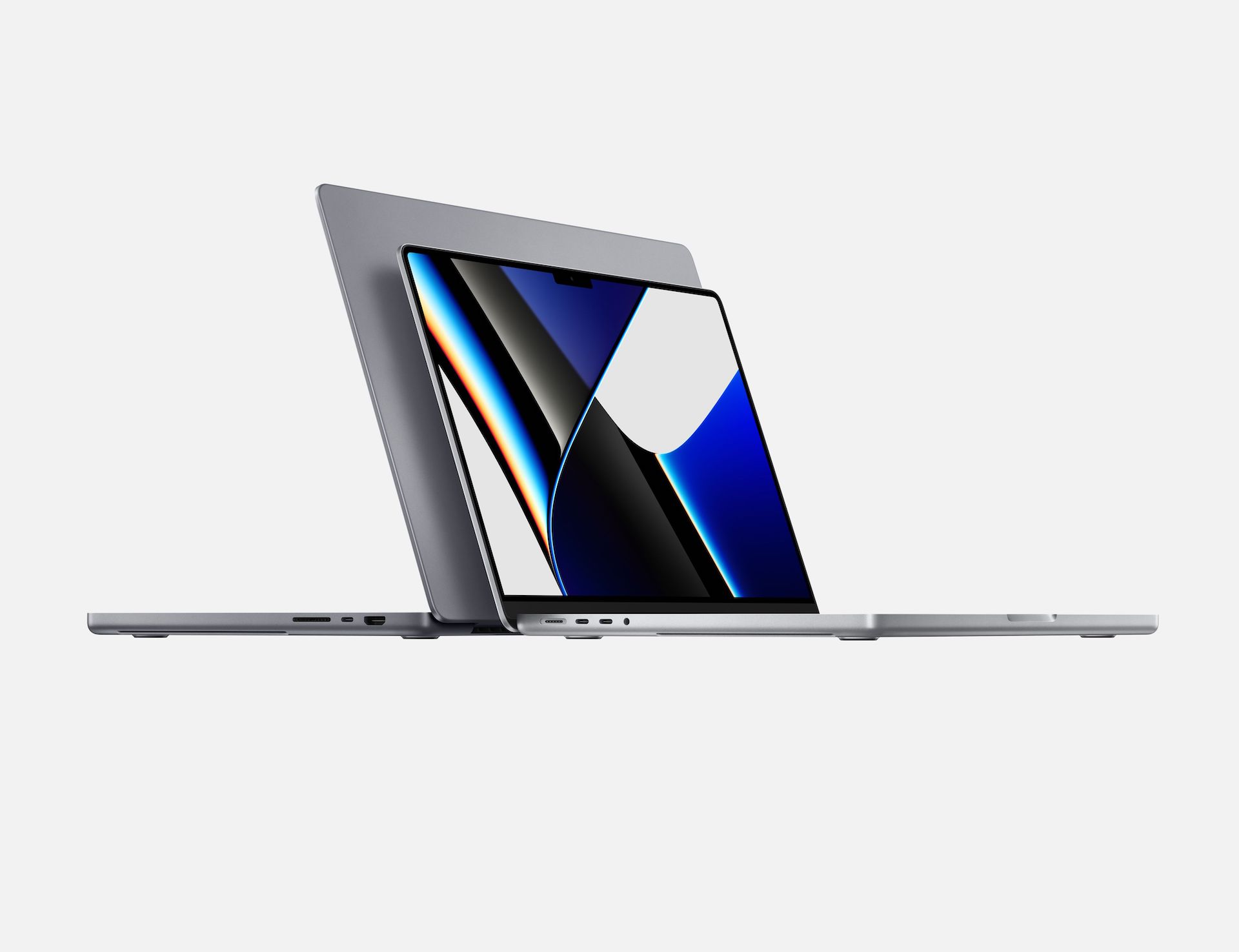


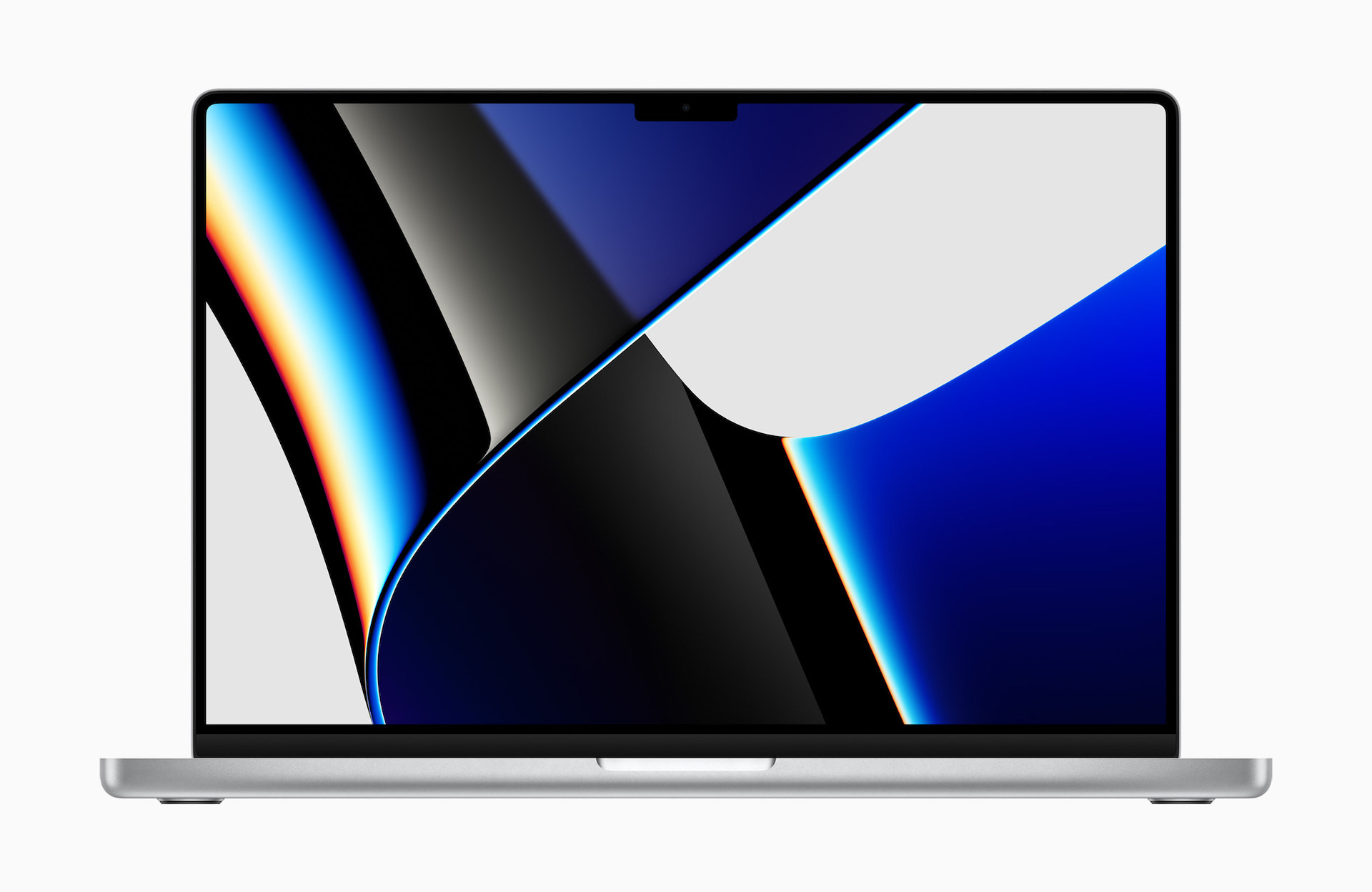
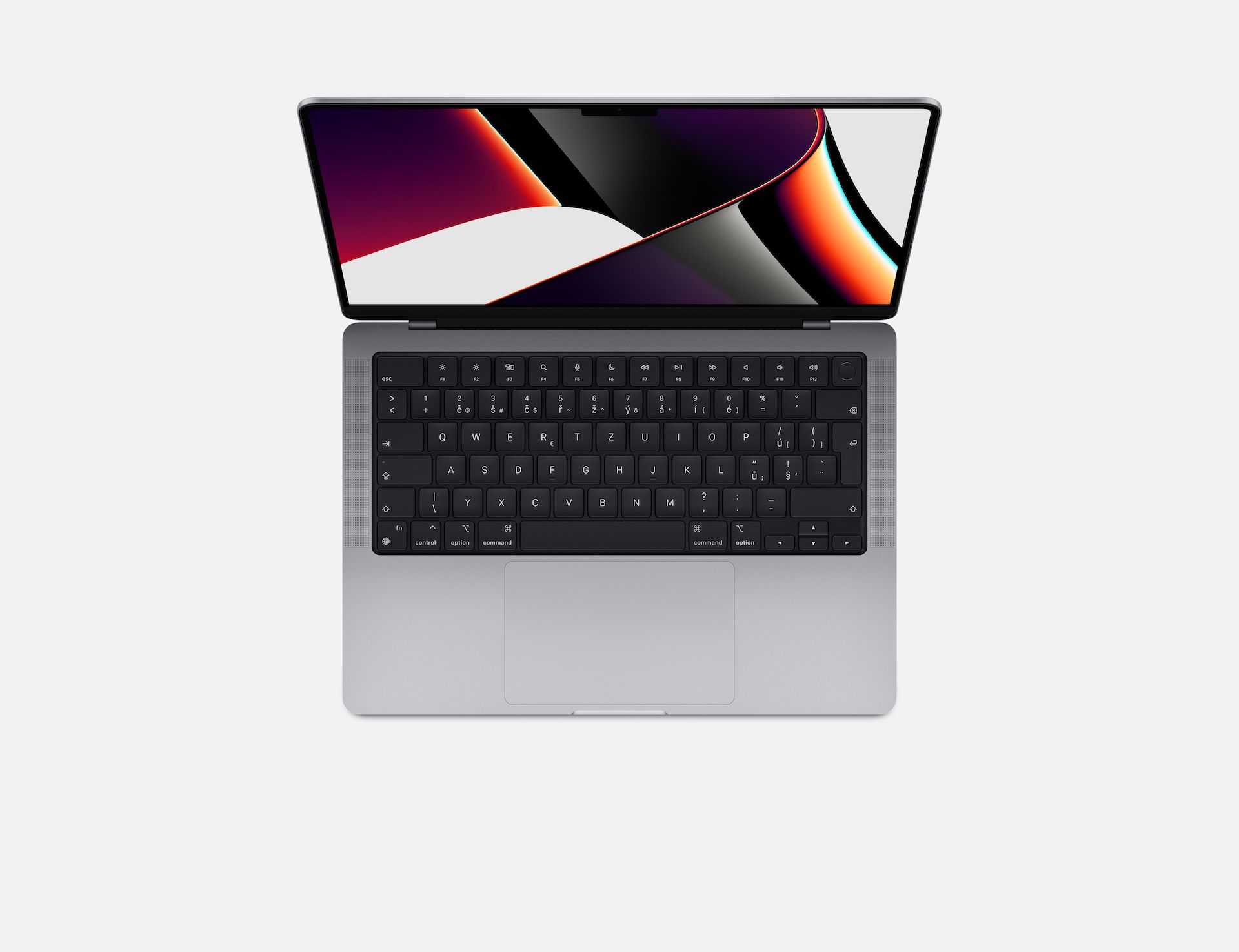
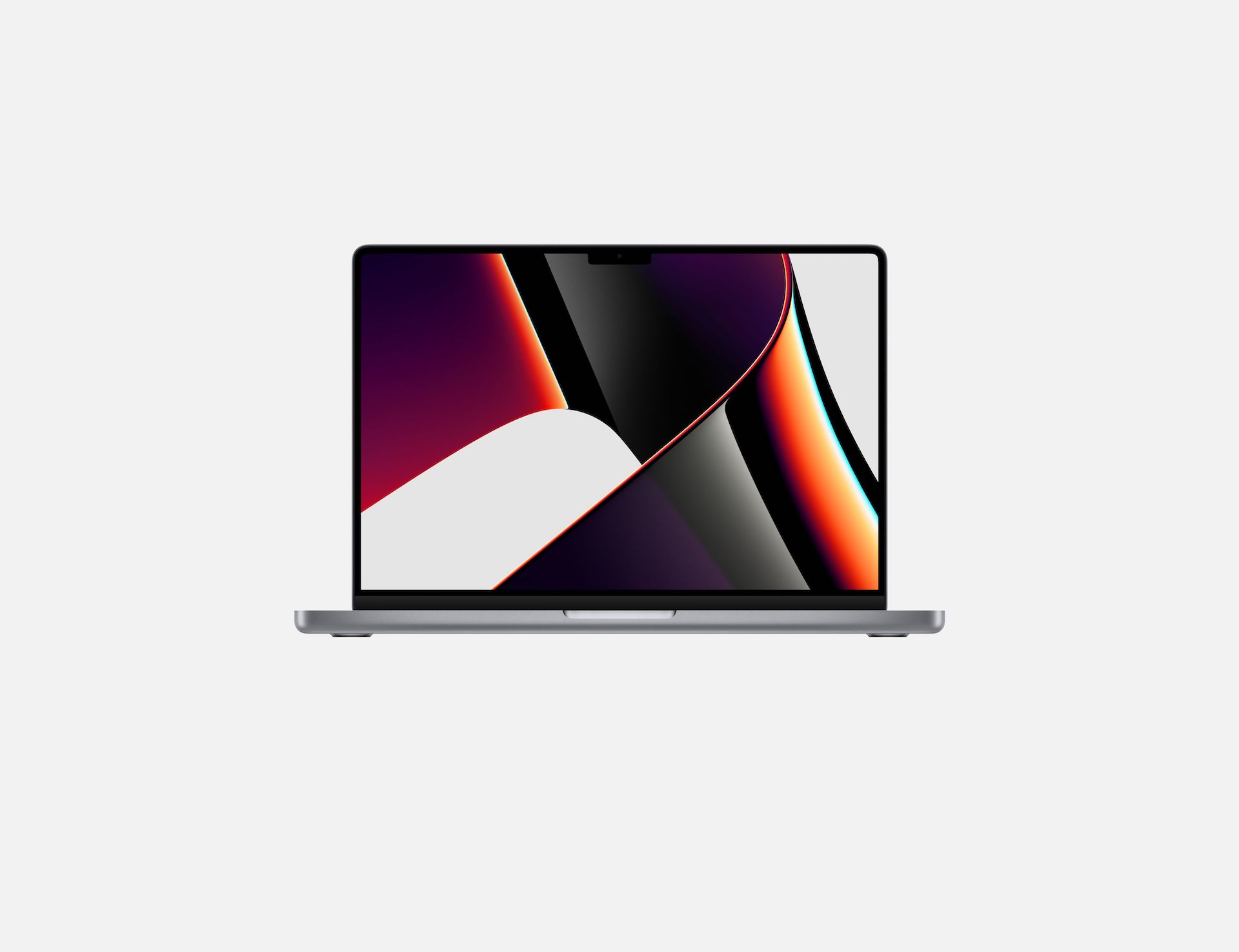
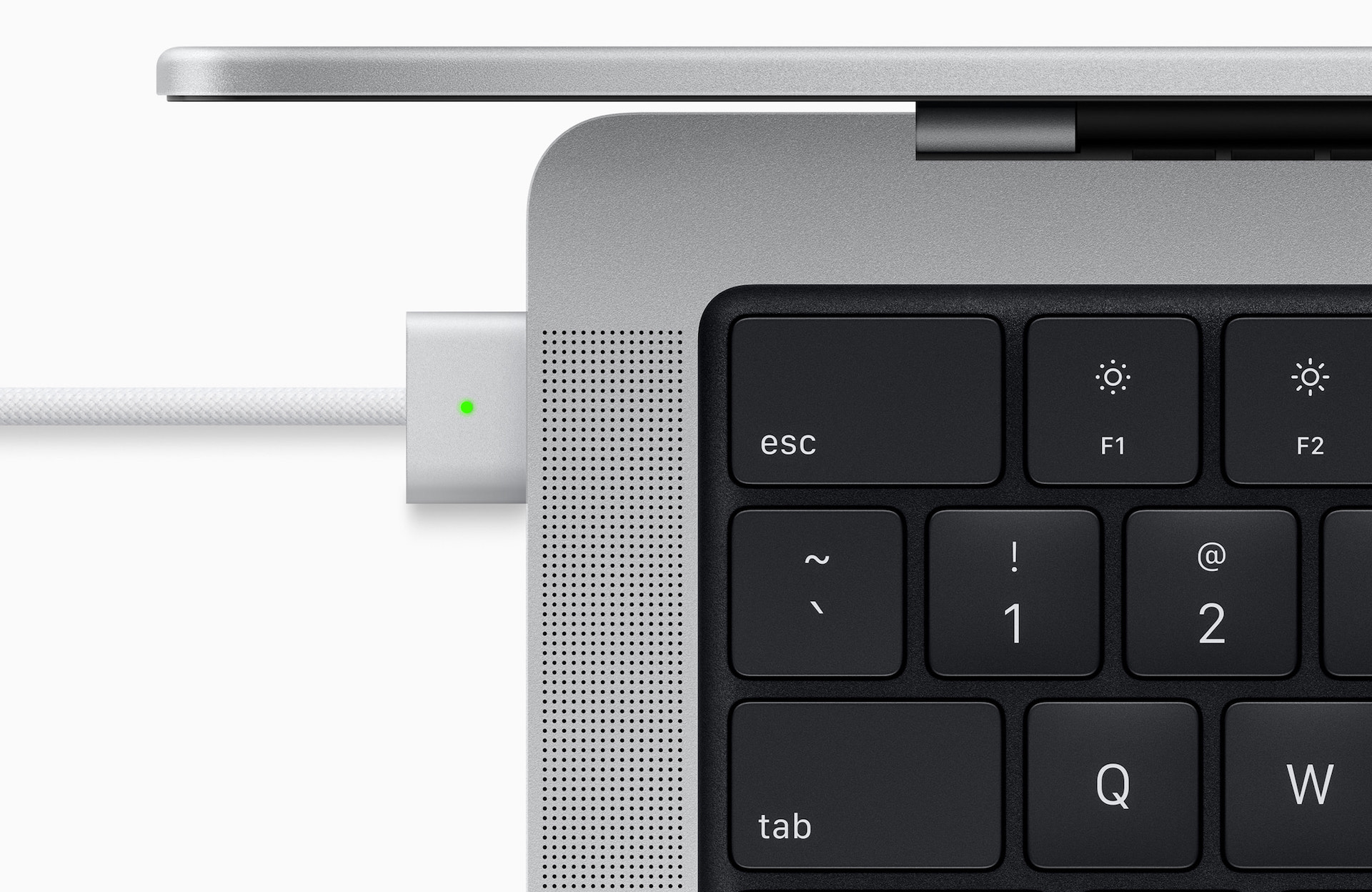
It should perhaps be self-evident that if something has more power, it will have more power, viz. M1 Max vs I9-12900K